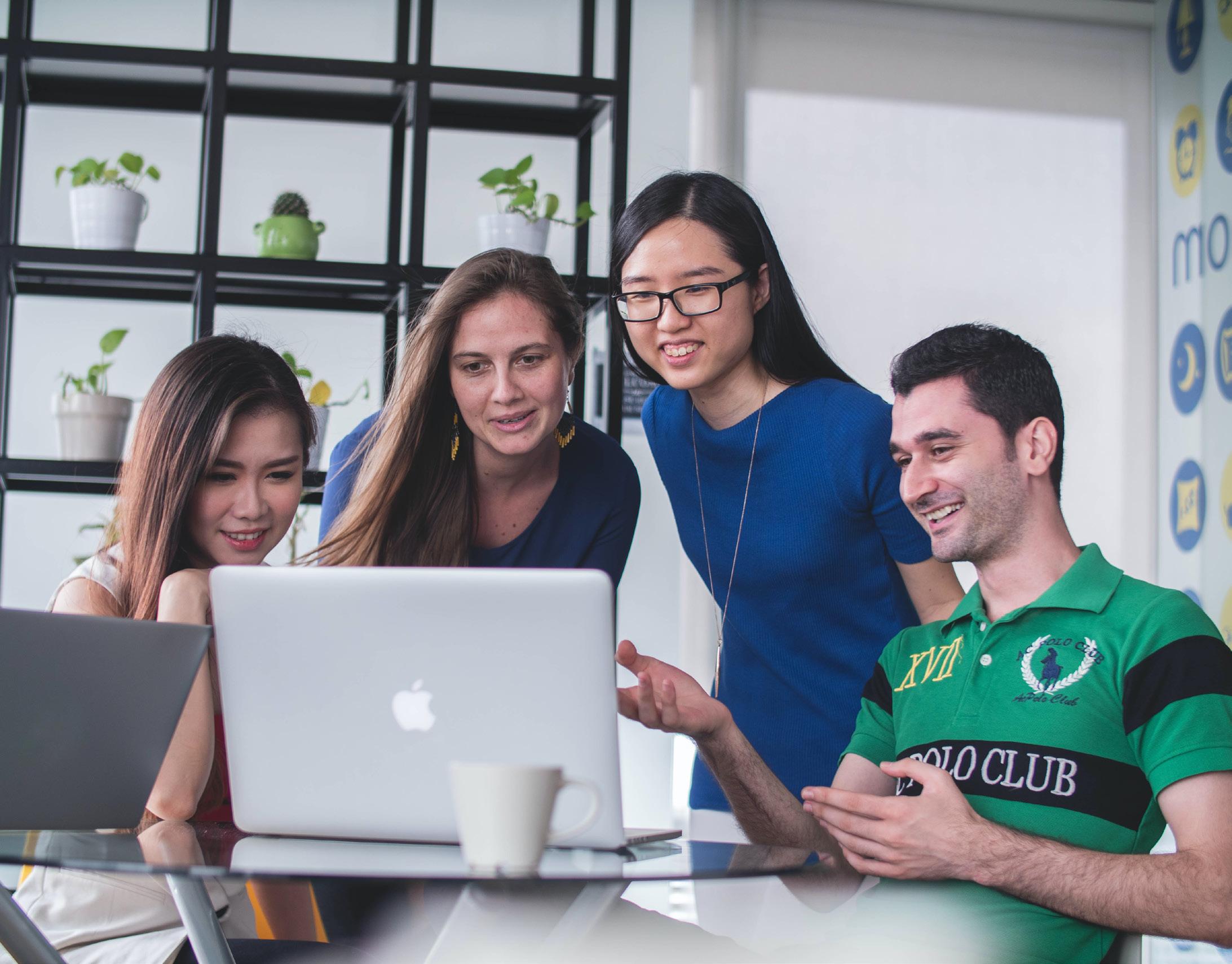
12 minute read
TECHNOLOGY IN EDUCATION The new normal has provided more opportunites than ever before
The teacher’s fear of being replaced by technology was more of a concern than the enhancement of teaching through technology
stuck to conventional methods and mediums. And then came the pandemic, which left many institutions and academics with no other choice but to join the bandwagon. Traditional face-to-face teaching institutions had to urgently and drastically rethink their approach to the concept of distance learning. Those who embraced EdTech before the pandemic had a competitive advantage. They didn’t have to scramble like their more conventional counterparts and had room to explore a hybrid approach to education, now known as Blended Learning. This was driven by a need for a personalised learning experience.
Advertisement
Making learning more digestible
The rise of Blended Learning can be seen as a win for all educators. It enhances face to face and distance learning and does not replace the teacher or lecturer. One of the innovations in this learning style is nano learning, where large chunks of learning material are now broken into bite-sized pieces of educational material, which enables the learner to focus more and digest. Blended Learning gave fruition to several learning tools and platforms that encourage creativity and exploration. It promotes a world of information where the learning experience goes beyond the physical classroom. In many cases, it creates an opportunity for diverse multinational virtual learning and collaboration. Learners in this new wave of education have the opportunity to take ownership of their learning experience, providing endless possibilities and encouragement to succeed in their studies. They still learn specific content to progress but can now choose how they would like to do it. For example, gamification is on the rise, and educators use videos coupled with various Learning Management Systems (LMS) to transfer knowledge.
More support for parents, too.
As we progressed into this new era of education, we learned that educational material could be entertaining. It does not have to be as dull as some of us experienced in the past. The days of parents forcing their children to learn or having to reacquaint themselves with longforgotten subjects as they struggle to assist with homework might be a
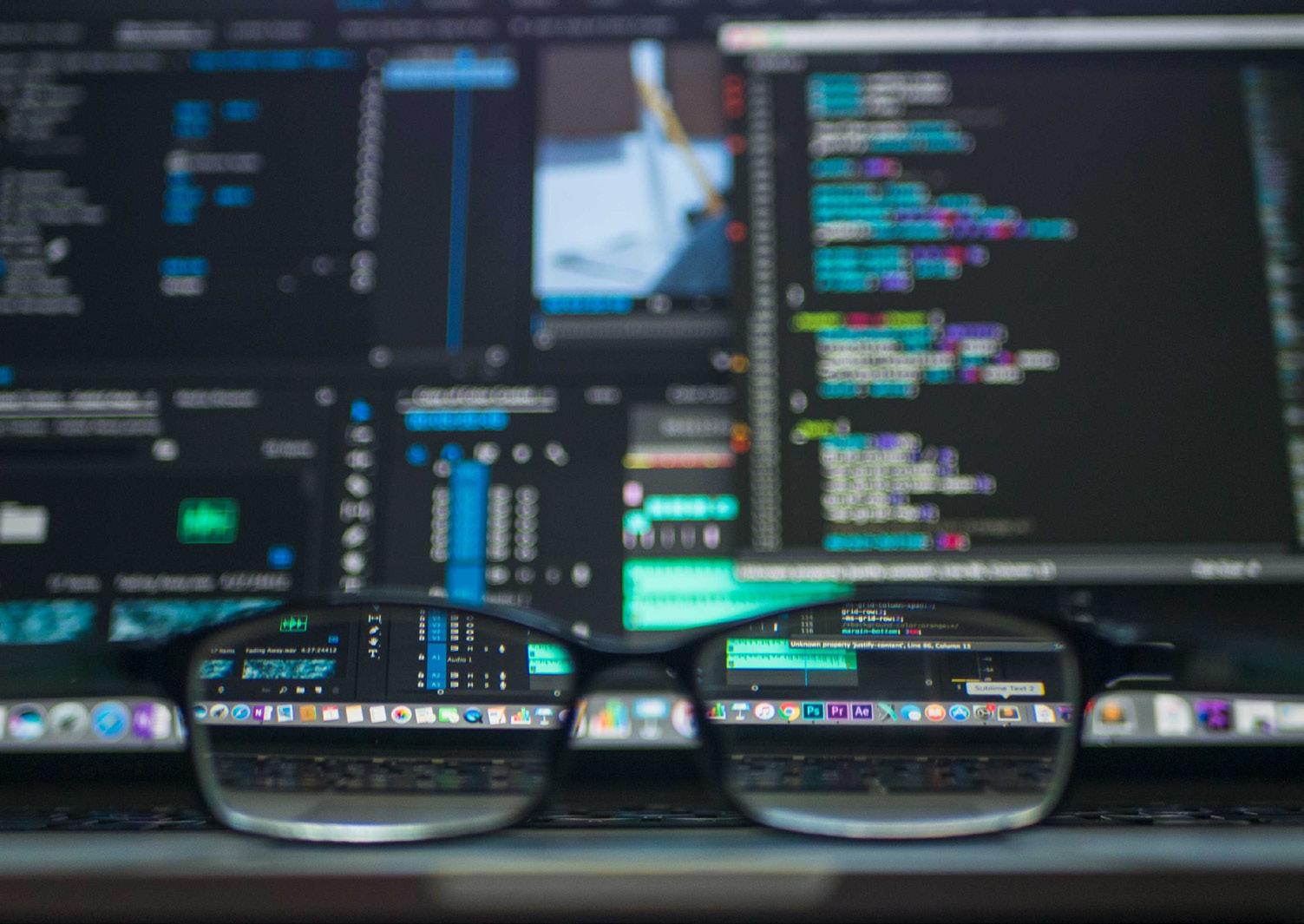

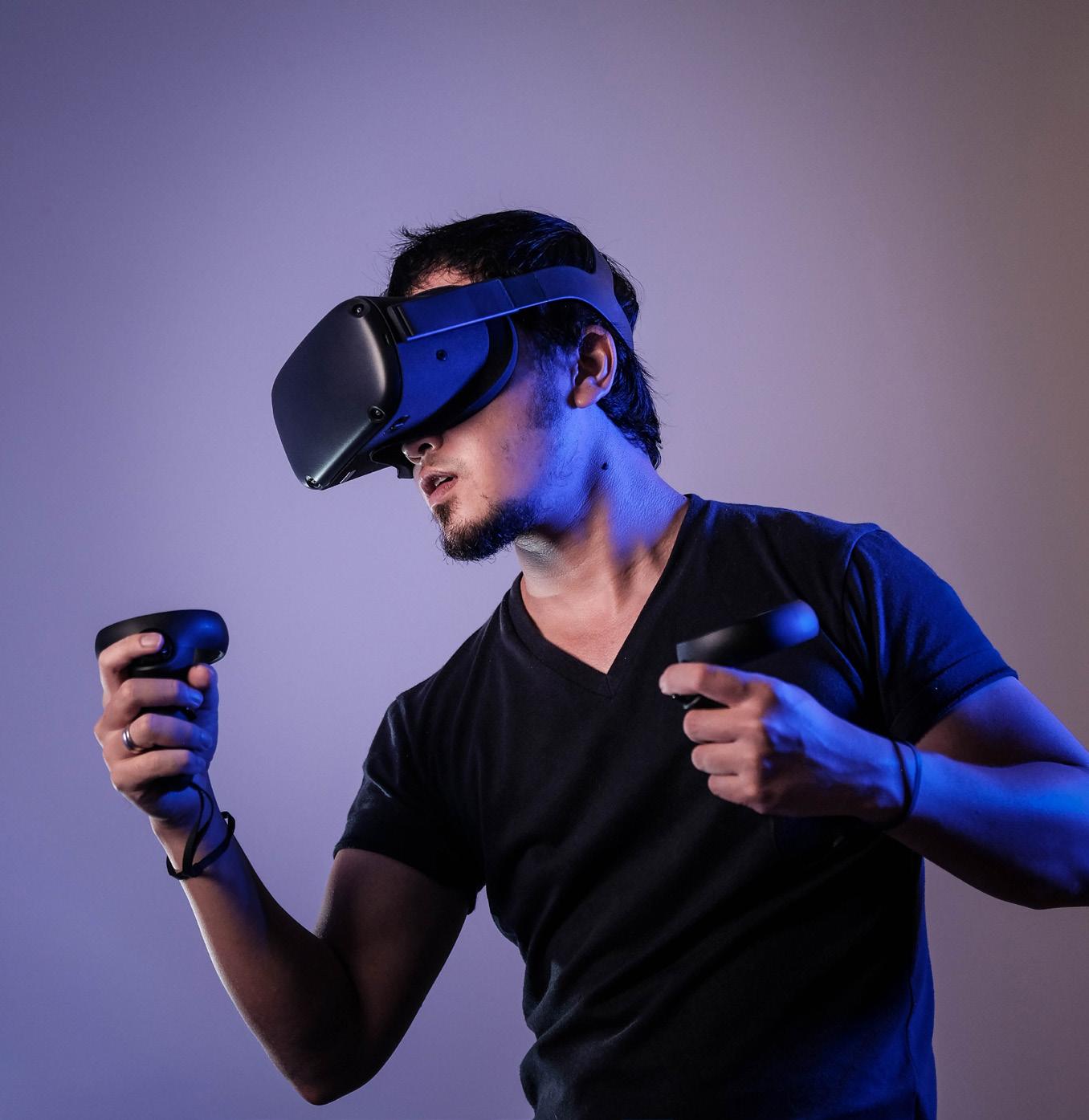
thing of the past. This is because Blended Learning provides parents with an opportunity to brush up their knowledge in advance or use the learning tools at their disposal to aid them in teaching concepts. Students can also go back to lessons they might have missed or rewatch the same class to refresh their memory. It’s important to note that it’s not just a one-way street. Forward-thinking Learning Management Systems allow students to engage with their teacher or lecturer and colleagues in the comfort of their homes, at their own pace. Quality learning and teaching remain critical throughout the process.
Addressing special needs
Technological advancement in education also provides an opportunity to empower students with learning difficulties. According to Collaborative for Academic, Social, and Emotional Learning (CASEL), successes in AI and EdTech have helped
students who experience Social and Emotional Learning (SEL) challenges to improve their grades up to 11 per cent. And there is no short supply of helpful tools. Learning on demand has become just like any other commodity in the market. Education has evolved into a service, and the learner is the recipient or consumer of this service. For the first time, education serves the student’s needs beyond delivering content by adapting to their needs. Conventional production learning, as we knew it, will soon end. The emergence of collaborative multi-interdisciplinary learning has started, and this will prepare the future workforce for 4IR. With the rise of 4IR, EdTech tools teach and prepare us to adapt to the world of Artificial Intelligence (AI).
Embracing AI through investment
Before the pandemic, the Online Education Market & Global Forecast projected that international investment in online education would reach $350 Billion by 2025. It is fair to say that we can now expect much more investment in this sector, from investment in language apps to virtual tutoring, video conferencing tools, to online learning software. Working alongside AI to improve the quality of life is the next inevitable evolution of humankind. A simple scenario illustrates this point: When a robot gets introduced in the manufacturing plant to replace the human who screwed the cap on toothpaste tubes, it will result in job loss, right? But what if the human was was trained to maintain and repair the robot when it malfunctions? We should remember that the pandemic did not create the technology conventional institutions are now adapting to. It merely gave us a new perspective on being more efficient and conscious of our lives. More than ever before, the education sector is harnessing technology to achieve successful outcomes. Within this context, one can argue the pandemic merely brought forward what will eventually be. Whether we use technology to entertain, inform, transform or educate, we cannot deny that we need to embrace and emerge ourselves in it. And Blended Learning offers educators and students the ideal opportunity to do this. n
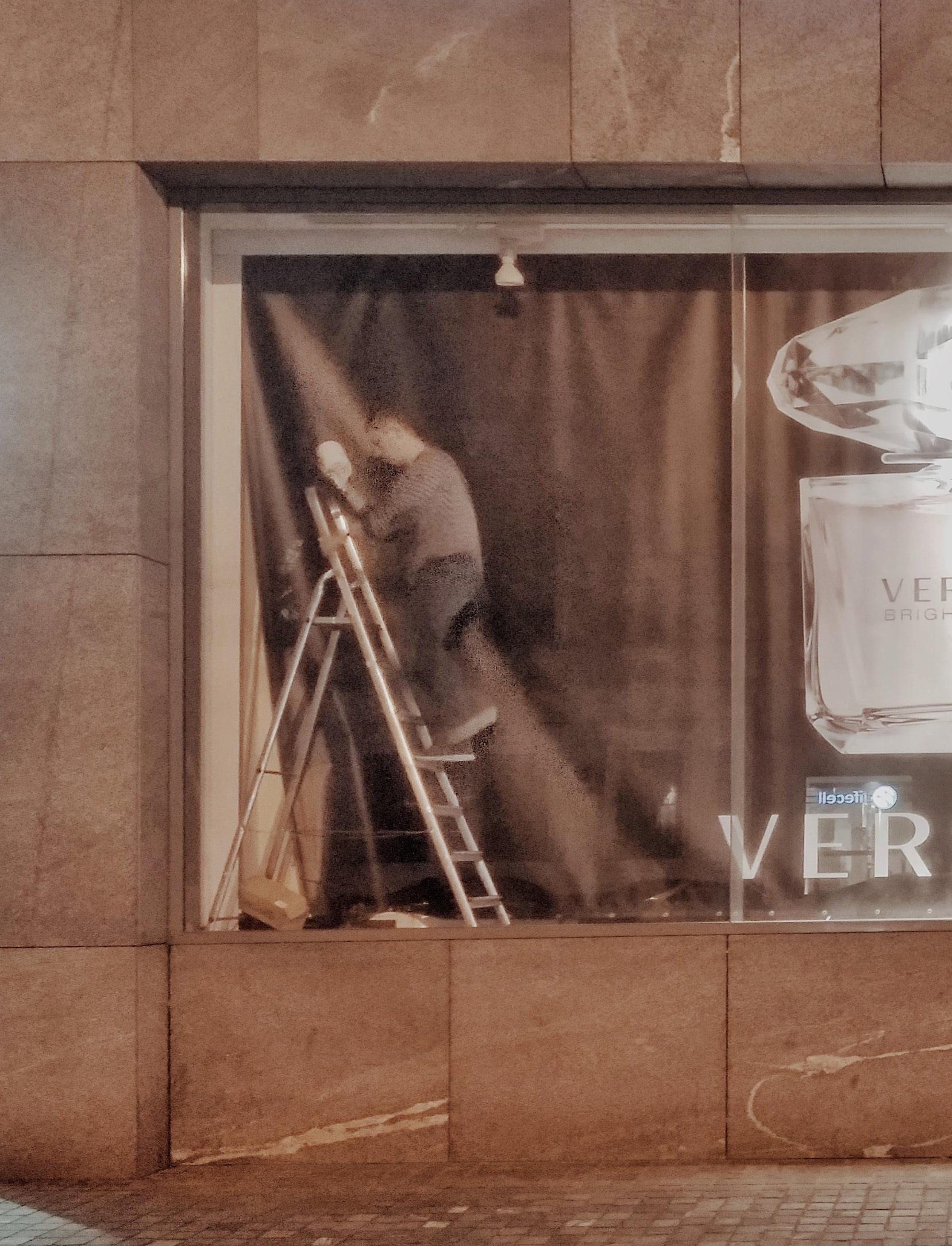
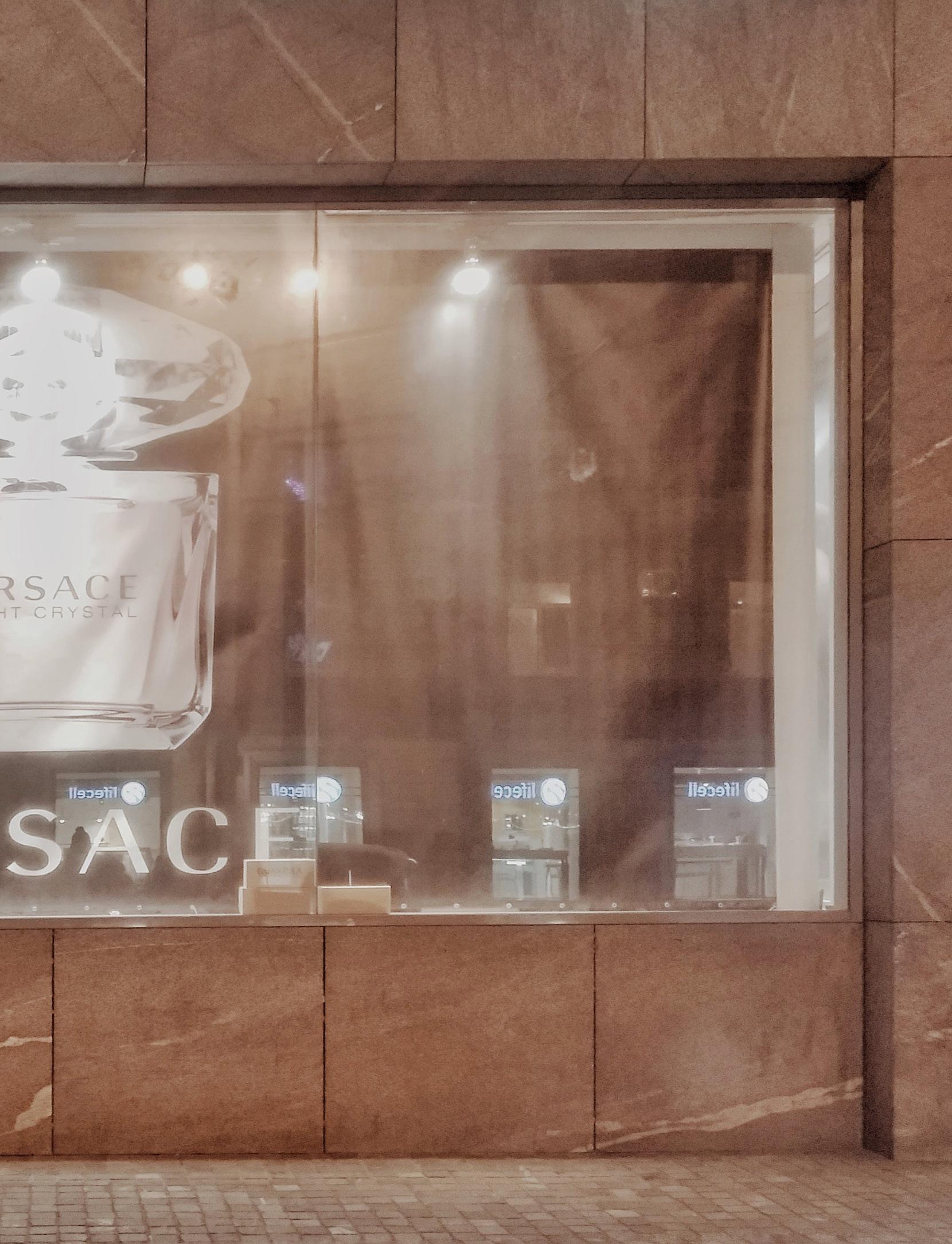
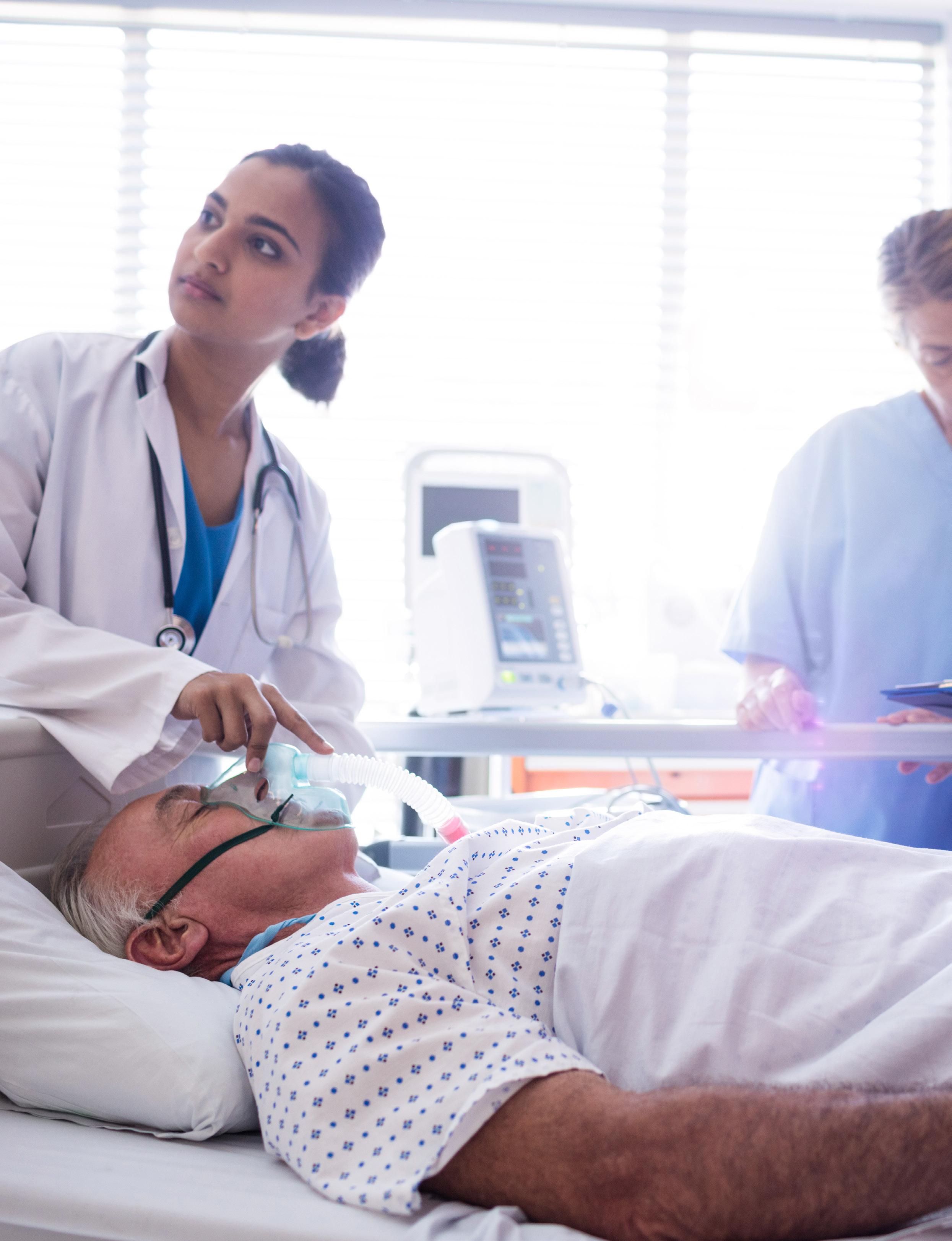
Breathing New Life Into Unprecedented Times
By Aiden Matthews
One of the core air gasses- Oxygen, needed for the survival of all living things, also used as supplementation from medical grade form when disease process strikes us, and we are unable to get sufficient oxygenation via gaseous exchange physiologically to major organs in our body via our blood stream to sustain life and reverse possible organ damage or complete failure.
It is alarming to think that in today’s times of medical technology and advancements globally and locally that there is an increased demand and lack of supply of Medical grade Oxygen to those who are needing it most which could be the difference between life and death.
What Is Medical Grade Oxygen?
Medical grade oxygen was discovered in 1772 by a Swedish pharmacist Karl W. Scheele in and two years later in 1774 by an English amateur chemist, Joseph Priestley.
Not long after this discovery, in 1783, a French doctor named Caillens treated a young woman with tuberculosis who showed improvements and vast benefits from daily inhalations of oxygen.
Over the next century, oxygen therapy was born and billed as a panacea for both serious and minor illness, however it was not until the early 19th century, with the start of World War I and the increased chemical warfare that scientists had developed modern oxygen therapy.
An unforeseen circumstance amid a global crisis.
Across most of Africa, Asia and the Latin Americas, there is a considerable lack of medical grade oxygen and this circumstance is leaving doctors, emergency and other medical personnel on the front line of the COPVID-19 pandemic having to make the difficult decisions between life and death in relation to increased demand for supplemental medical oxygen and the lack consistent and even going so far as saying non-existent supply in some areas in the world of this all-important lifesaving and life sustaining gas.
According to Bloomberg reports, a single Covid-19 patient can use as many as 8-10 3000 litre capacity oxygen cylinders a day. The South African arm of Air Liquide stated that oxygen consumption from hospitals has ‘increased by three to four times with some regions having experienced a more than six-fold increase, and some specific major urban hospitals have experienced an as much as 10-fold increase in consumption” compared to what it was before the pandemic hit our shores.


Photo by jadethaicatwalk
Meeting the demand and trying to Breathe New Life into COVID-19
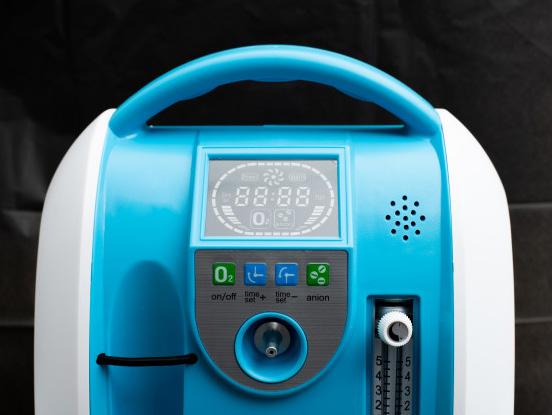
Air Liquide SA, Afrox Healthcare Ltd. and Air Products are boosting deliveries to hospitals, with some now taking place daily rather than weekly. Air Liquide mainly supplies private hospitals, while Afrox supplies mostly government facilities. Air Liquide and Afrox have said in response to queries that they have also issued warning notices to their industrial customers, stating that supply may be interrupted. As Afrox also supplies non-medical grade oxygen into industry and various industrial applications, they have the ability to divert the supply from these sectors and refine the product to medical-grade standard.
According to comment by Netcare Groups General Manager of Procurement Services Anita Hamilton, she had said “Our groups were able to meet demand, and we can only comment on the local scenario”.
Globally it has been determined that an immediate funding need of US$90 million to address key challenges in oxygen access and delivery in up to 20 countries, including Malawi, Nigeria and Afghanistan. This first set of countries has been identified based on assessments coordinated by WHO’s Health Emergencies Programme, in order to match in-country need with potential
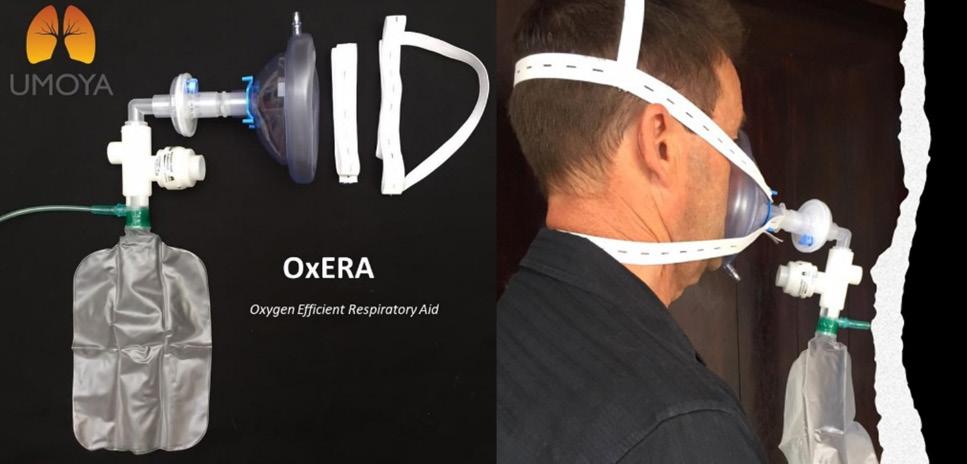
The South African-made OxERA device. Picture source: Umoya/Facebook
financing, such as through the World Bank and the Global Fund.
Tedros Adhanom Ghebreyesus (head of the World Health Organisation) said the WHO has purchased 14,000 oxygen concentrators that will be sent to 120 countries in the coming weeks and have identified another 170,000 concentrators, valued at $100 million, that will be available in the next few months.
The urgent, short-term requirements of additional countries will be measured and costed in the coming weeks, with the overall funding need over the next 12 months estimated by the WHO to be US$1.6 billion.
Johns Hopkins Centre for Health Security had on the 26 January 2021 issued a white paper on potential solutions that could assist in the COVID-19 oxygen crises being faced.
The following below would solve the issues being faced but minimise the impact the crisis would have on the demand for medical grade oxygen. • Oxygen concentrators are being used as much as possible in place of oxygen cylinders. These draw oxygen from the air and do not need oxygen resupply or flow regulators. • Some providers are splitting the tubing from 1 concentrator to supply 2 patients at once; conversely, sometimes 2 concentrators are being used on a single patient to provide higher oxygen concentrations than a single concentrator can provide. • Oxygen is being conserved by lowering the saturation threshold for deemed adequate patient oxygenation. • Large H oxygen cylinders are being fitted with manifolds to service multiple patients simultaneously.
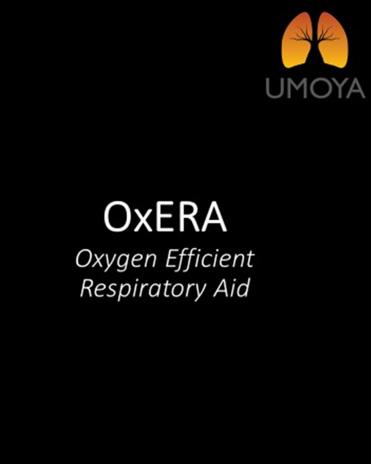
Locally in South Africa, there has been a recent breakthrough and development that is being dubbed as a game changer in the face of battling the need for oxygen and the shortage thereof, it is a new device being called Oxygen-Efficient Respiratory Aid or OxERA device in short.
This is an all-in-one device that uses an oxygen accumulator bag, an anaesthetic mask and an adjustable mechanical PEEP (Positive End Expiratory Pressure) which have all been individually combined to develop this simple to use, cost-effective and oxygen efficient device.
“The OxERA effectively bridges the gap between current standard oxygen therapy via face masks and ICU-based noninvasive or mechanical ventilation, while requiring no more oxygen flow than a standard face mask,” the Umoya-Gabler Consortium said.
The OxERA device was developed by a group of East London-based volunteers that includes doctors, engineers and entrepreneurs and has now been approved by the South African Health Products Regulatory Authority for emergency Covid-19 use.
Hundreds of OxERAs have already been distributed to 25 hospitals around the country and several devices have also been distributed to Zimbabwe, the Democratic Republic of Congo and the Central African Republic.
“We can produce over 15,000 units a week, so capacity is not an issue,” “
“Regarding oxygen consumption, the OxERA is in the low flow category of 10 – 15 l/min. This is similar to the standard nasal cannula and rebreather mask delivery oxygen systems.” ” In order to be effective, the standard high flow oxygen therapy systems like HFNC and CPAP use oxygen flows around 50l/min and sometimes even more than that.” What makes the OxERA device so unique is that it offers high FIO2’s of 99-100% with PEEP up to 15 cmH2O in the exhalation breathing cycle, but with low oxygen flows.”
“We have calculated that hospitals will be saving about 960 litres of oxygen in a 24hour day when compared with high flow oxygen therapy, which amounts to more than a R900 per day oxygen saving.” said Gabler Medical managing director Reiner Gabler regarding queries around Oxygen consumption and comparison in cost effectiveness. n
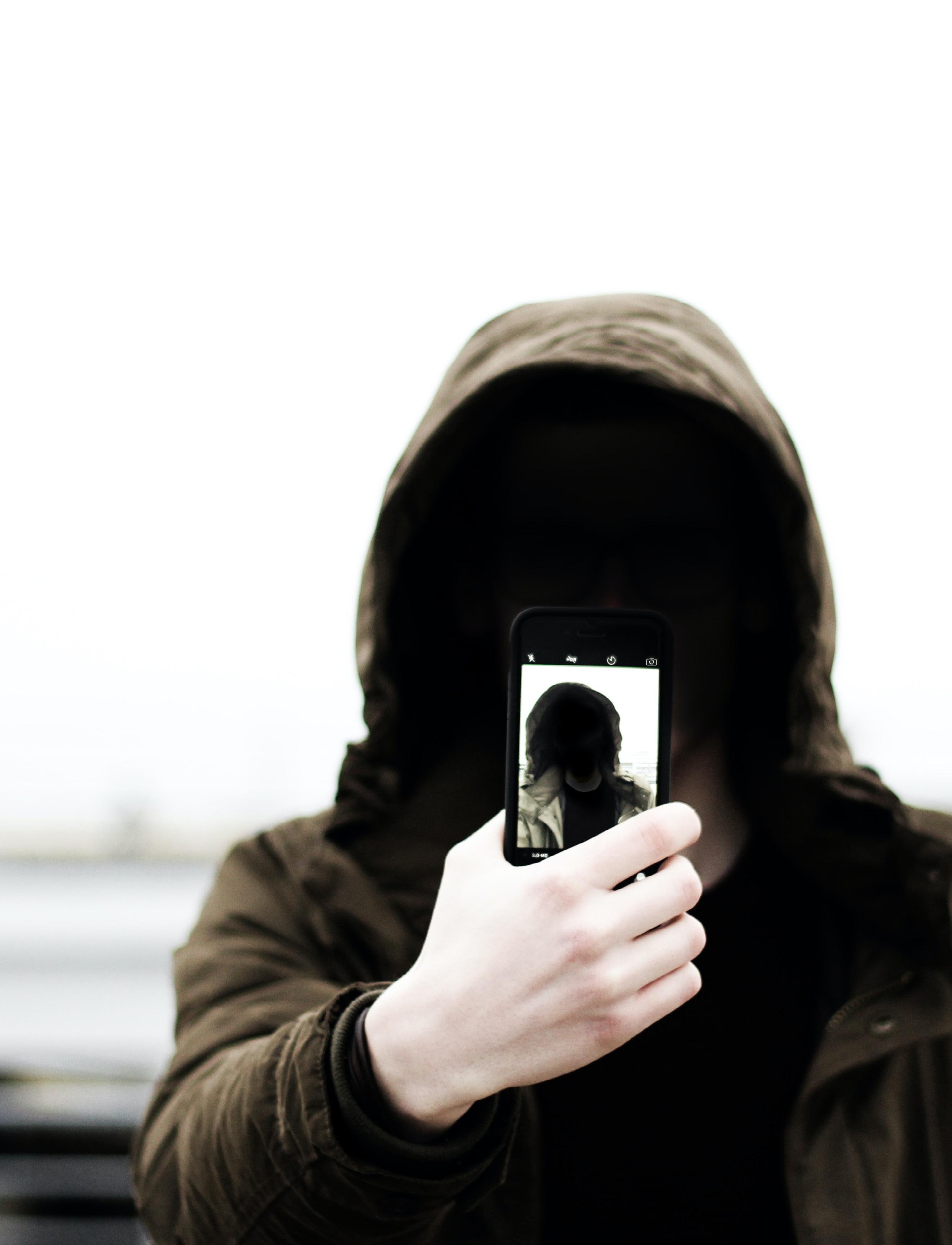
Privacy, secrecy and the PoPI Act
The recent data breach at Microsoft once again reminded us that the convenience of connectivity is accompanied by significant risks. Data privacy legislation across the globe aims to mitigate this. Carien von Backstrom reports.
In January this year, Microsoft experienced a major data breach which caused a global cybersecurity crisis. Hackers infiltrated almost 250 000 servers, affecting the information of countless small to medium-sized businesses and even heavy-weight institutions like the European Banking Authority. As soon as the breach was detected, Microsoft immediately released updates to patch the exploits and prevent future vulnerabilities. This remedy could do nothing to solve possible backdoors left by the attackers, which were a hidden open invitation to more future attacks.
The Microsoft security breach of 2021 once again reminded us that the digital age has its fair share of security and vulnerability concerns. But what is one to do? Reverting to the stone age might be a bit extreme. Sharpening your data security and privacy systems is a more hands-on solution.



